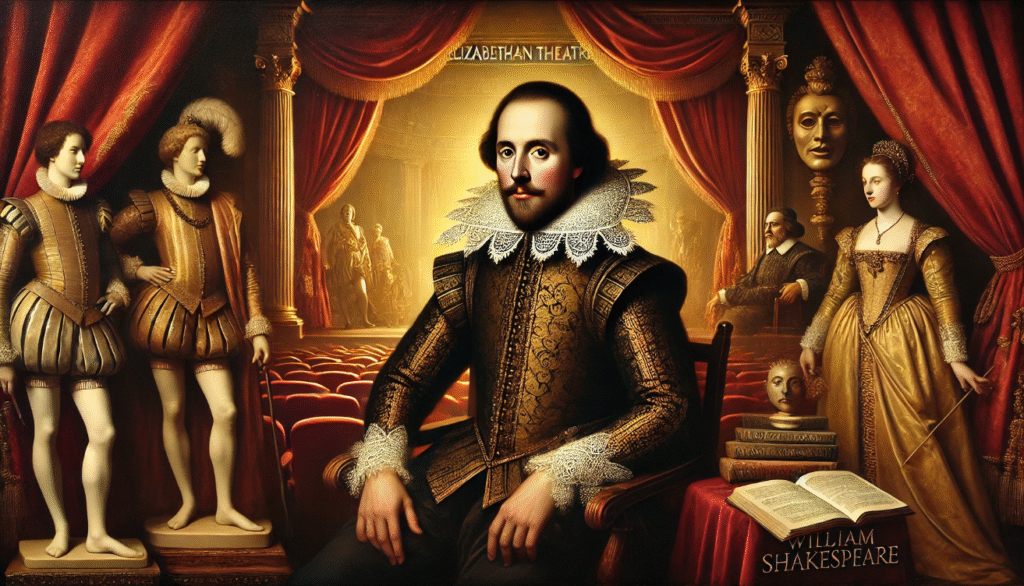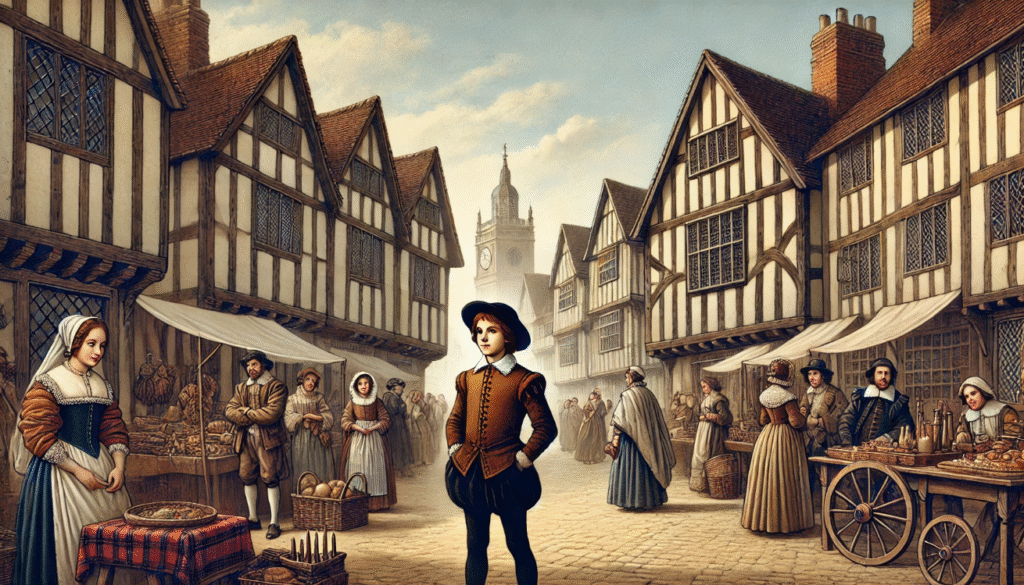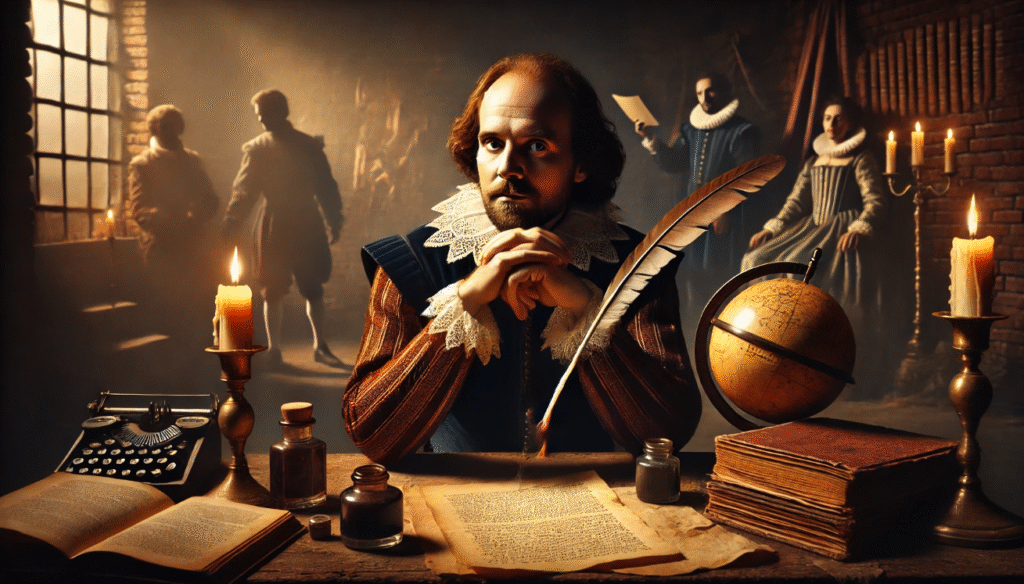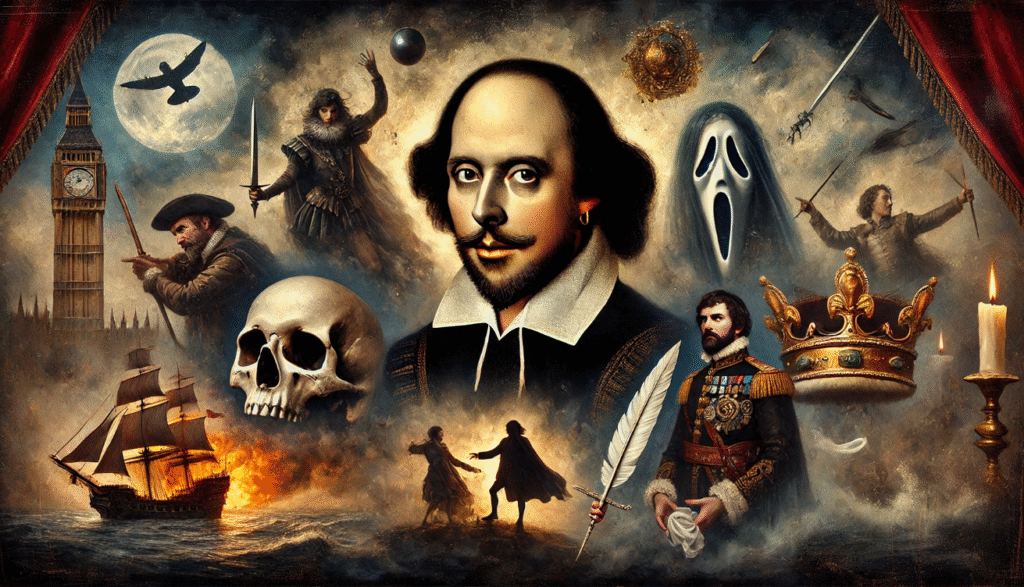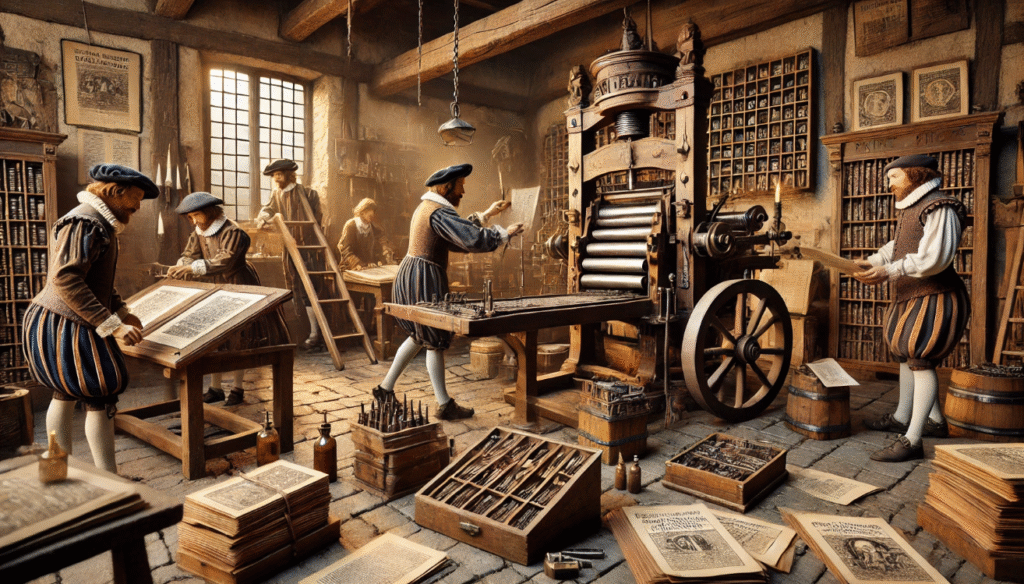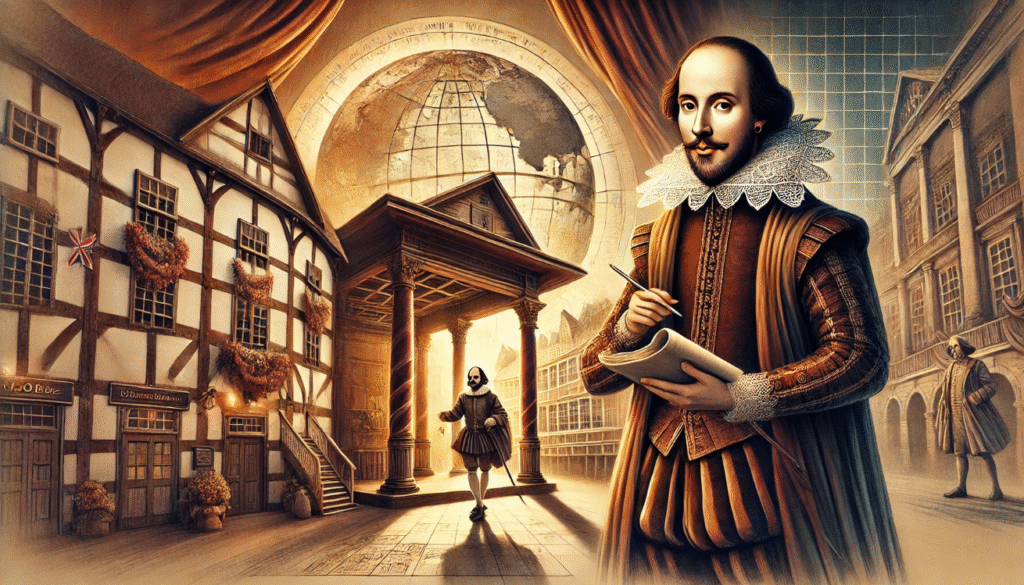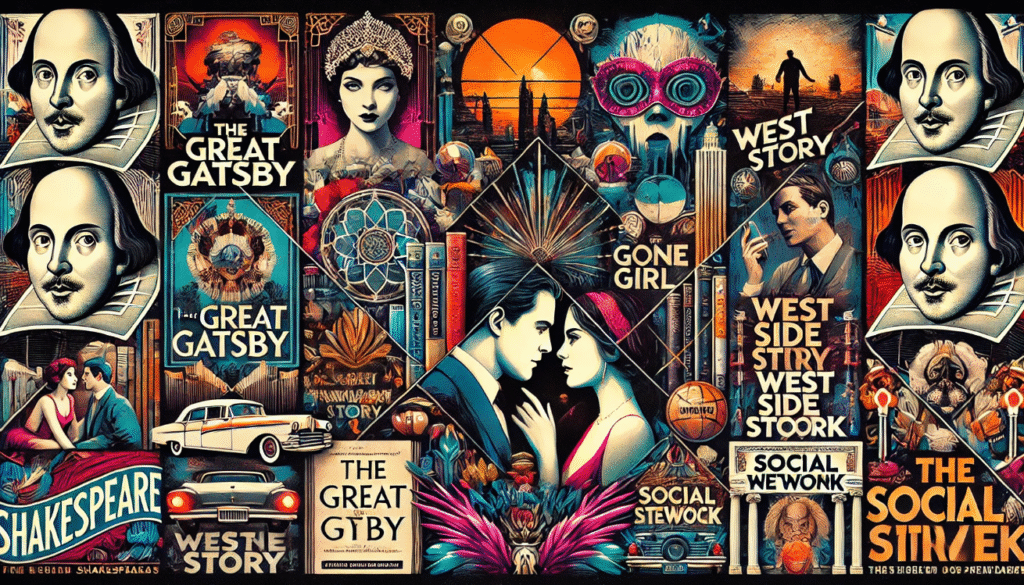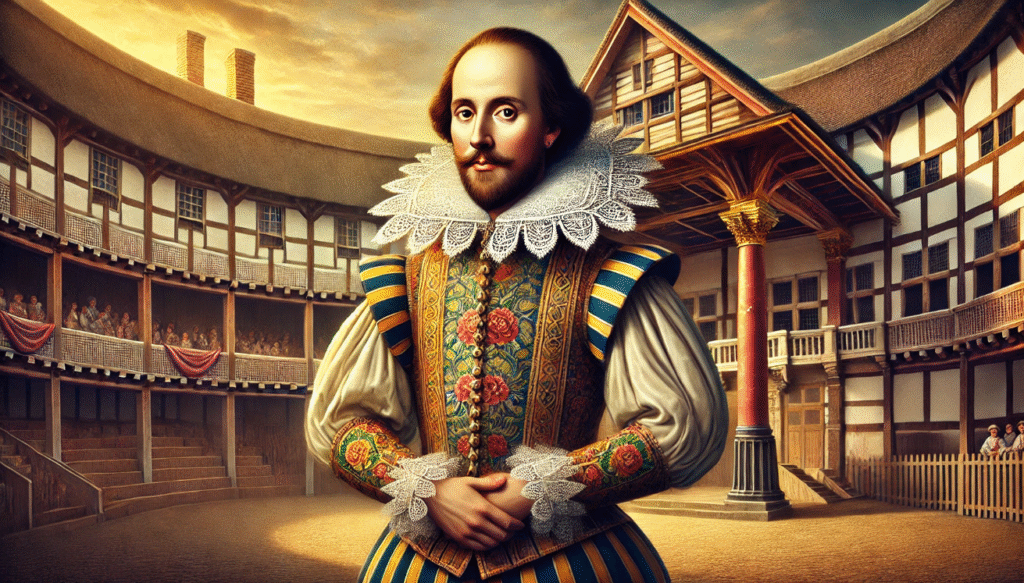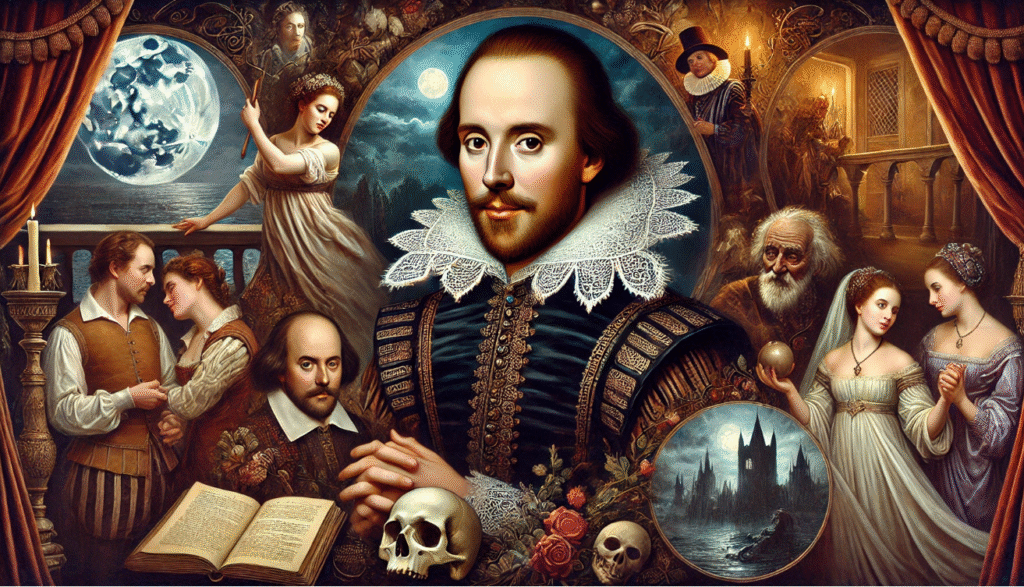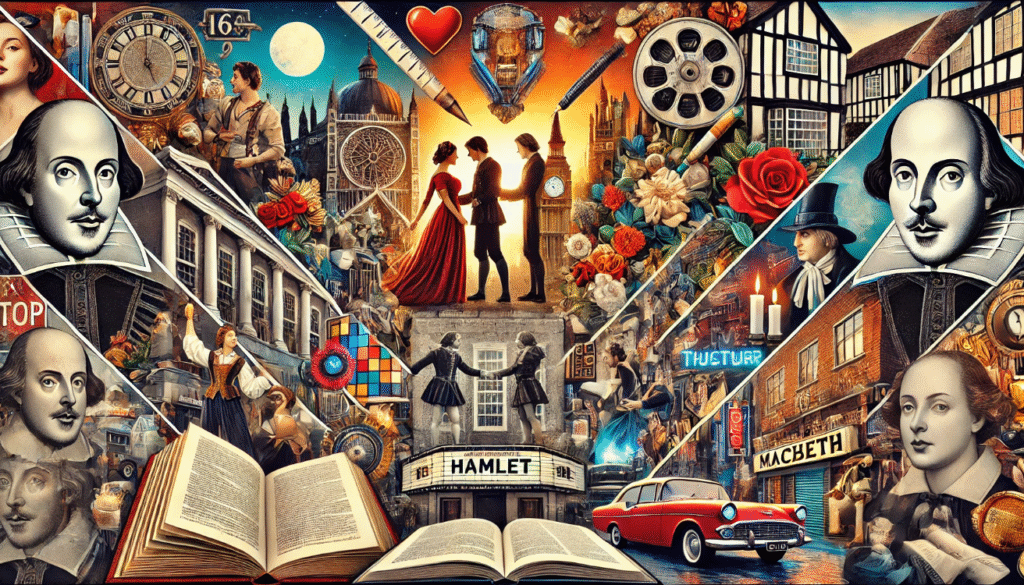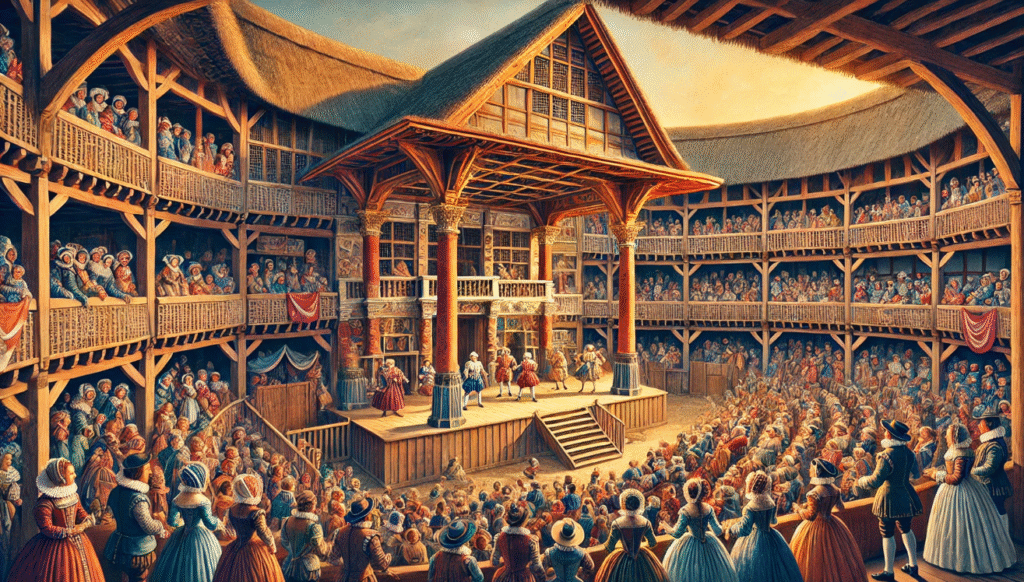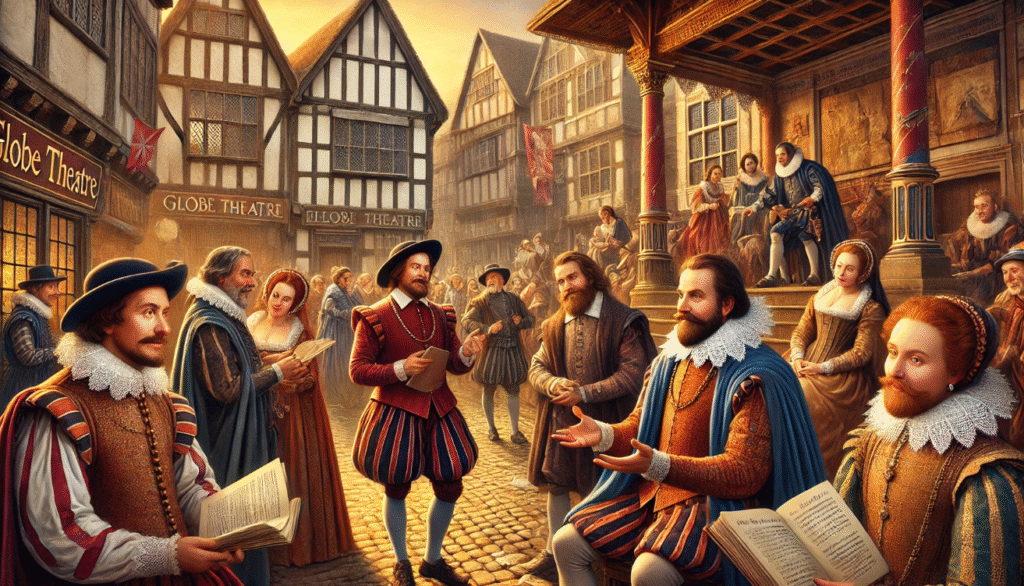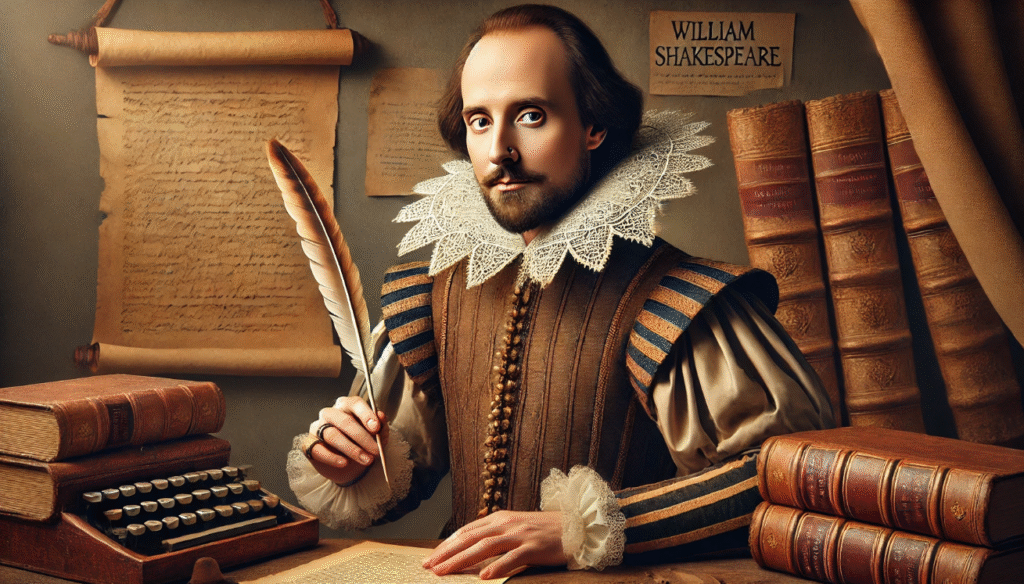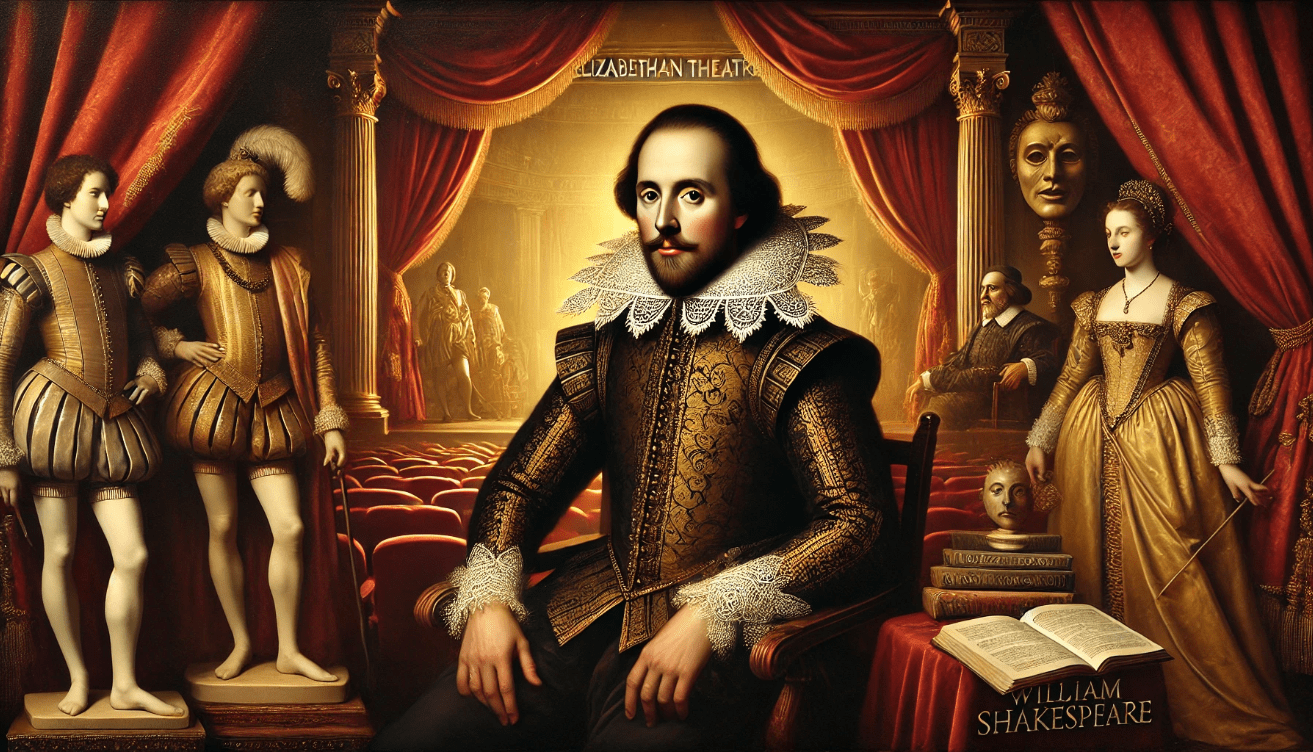 Shakespeare’s innovations in theatre was an English playwright, poet, and actor, widely regarded as one of the greatest writers in the English language and the world’s pre-eminent dramatist. His works have had a profound impact on theatre and literature, and his influence can still be seen today. Shakespeare’s innovations in theatre significance in theatre history lies in his revolutionary approach to drama and stagecraft. He introduced complex characters, intricate plots, and rich language, which transformed the way stories were told on stage. Shakespeare’s innovations in theatre plays explored universal themes such as love, power, and the human condition, and his use of language and imagery set a new standard for playwrights and actors.
Shakespeare’s innovations in theatre was an English playwright, poet, and actor, widely regarded as one of the greatest writers in the English language and the world’s pre-eminent dramatist. His works have had a profound impact on theatre and literature, and his influence can still be seen today. Shakespeare’s innovations in theatre significance in theatre history lies in his revolutionary approach to drama and stagecraft. He introduced complex characters, intricate plots, and rich language, which transformed the way stories were told on stage. Shakespeare’s innovations in theatre plays explored universal themes such as love, power, and the human condition, and his use of language and imagery set a new standard for playwrights and actors.
Theatrical Landscape Before Shakespeare
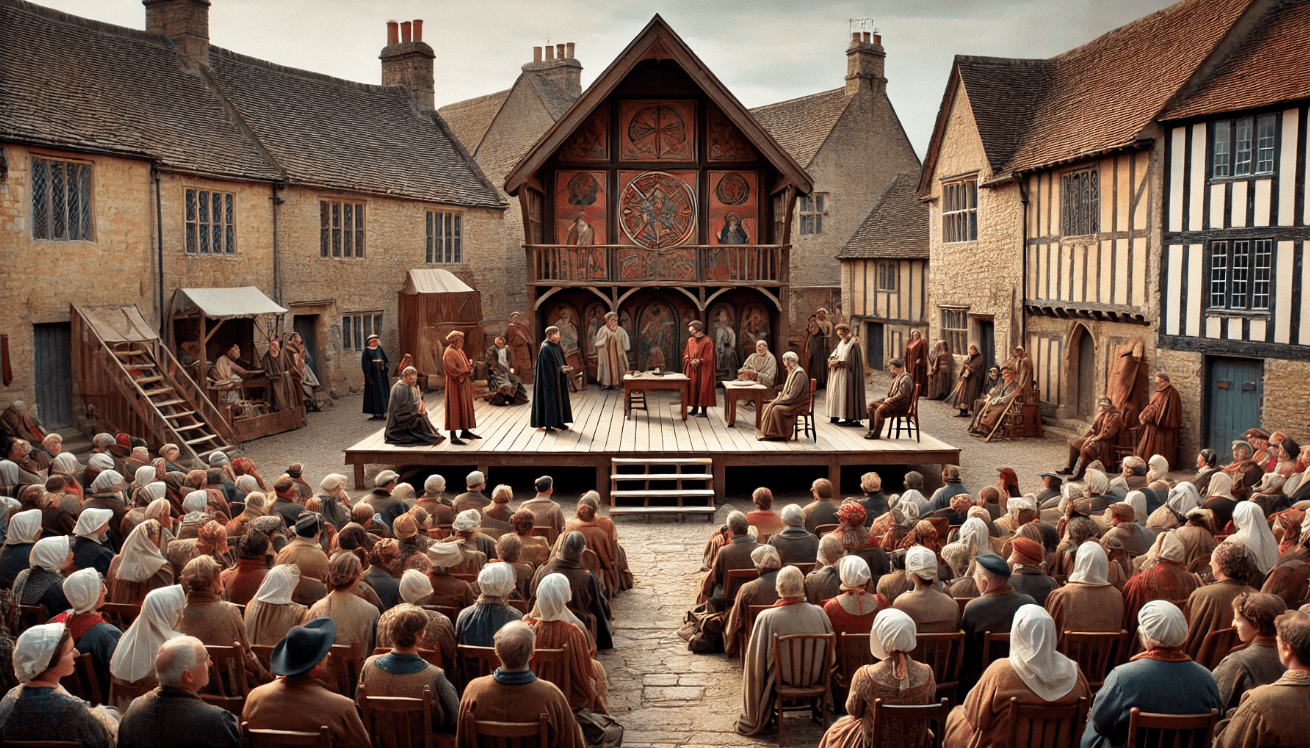
Before Shakespeare, theatre in England had evolved through several different stages. Shakespeare’s innovations in theatre drama was the earliest form of theatre in England, and it consisted of religious plays performed by the Church to educate the illiterate population about religious stories and morals. Shakespeare’s innovations in theatre plays were often performed outdoors and were highly visual and symbolic. Morality plays emerged in the late medieval period and were allegorical dramas that taught moral lessons. These plays were performed by traveling actors and were often performed in town squares or on makeshift stages. Early Elizabethan theatre began to take shape in the late 16th century and saw the emergence of purpose-built playhouses such as The theatre and The Curtain.
Before Shakespearean theatre, performances were often held in outdoor spaces or makeshift venues, limiting the ability to create elaborate sets and special effects. This resulted in simple storytelling and a lack of deep character development compared to modern theatre. Playhouses like The Theatre and The Curtain played a crucial role in the development of theatre before The Globe. These venues provided a designated space for performances, allowing for more consistent and professional productions. However, the limitations of these early playhouses still restricted the full potential of theatrical experiences, particularly in terms of technical capabilities and audience comfort.
Shakespeare’s Major Innovations in Theatre
The Evolution of Play Structure and Genres
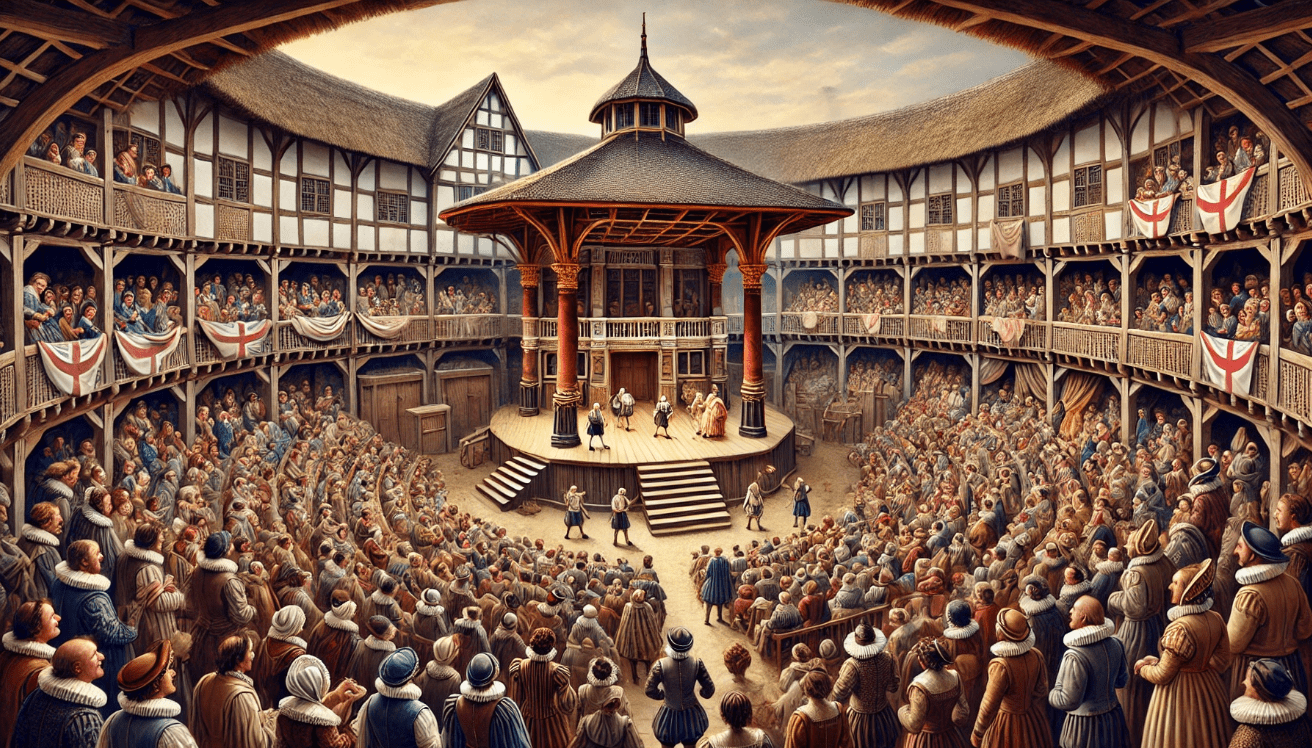
Shakespeare was known for blending genres in his plays, combining elements of tragedy, comedy, history, and romance to create rich and complex narratives. For example, “Hamlet” is often seen as a mix of tragedy and philosophy, delving into deep existential questions while also telling a tragic story. “The Tempest” is another example of genre blending, combining elements of comedy and magic to create a unique and enchanting story. Shakespeare’s ability to seamlessly blend different genres allowed him to create timeless and multi-dimensional works that continue to captivate audiences to this day.
The shift from strict classical forms to more flexible, dynamic storytelling is a reflection of the changing tastes and preferences of audiences and creators. Classical forms, such as traditional theater and literature, often followed rigid structures and conventions, while modern storytelling embraces more fluid and experimental approaches. This shift allows for greater creativity and innovation in storytelling, as well as a more diverse range of narratives and perspectives to be explored. It also reflects a growing recognition of the power and impact of storytelling in shaping our understanding of the world around us. Overall, the shift to more flexible and dynamic storytelling opens up new possibilities for engaging and thought-provoking narratives.
The Development of Complex Characters
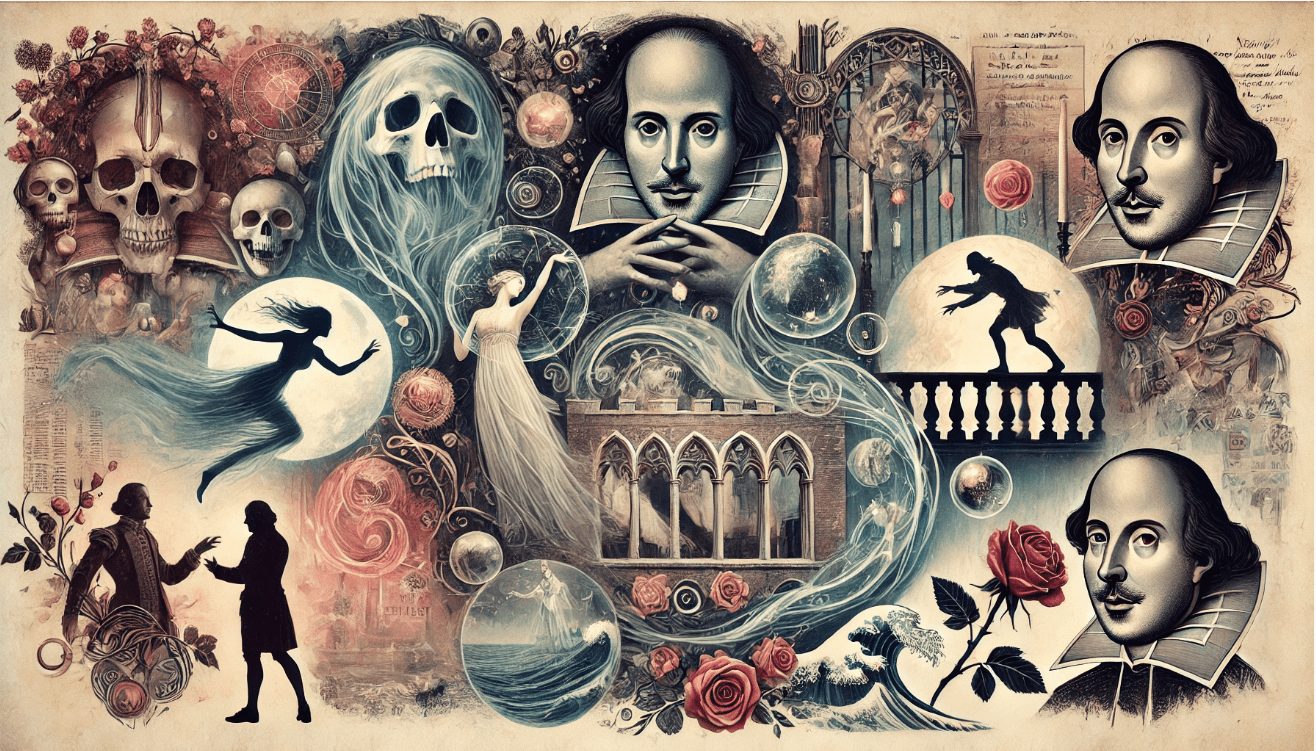
Multi-dimensional, psychologically complex characters are a hallmark of many great literary works. These characters are often portrayed with depth and nuance, showcasing a range of emotions and internal conflicts. One effective way that authors explore these internal struggles is through the use of soliloquies and monologues. These moments allow the audience to gain insight into the character’s thoughts and feelings, providing a deeper understanding of their motivations and desires. One famous example of this is Hamlet’s “To be or not to be” speech, in which he grapples with the existential question of life and death.
In pre-Shakespearean plays, characters were often portrayed in a more one-dimensional manner, lacking the depth and complexity that we see in Shakespeare’s works. These earlier characters were often defined by their roles in the story and their actions, rather than their inner thoughts and emotions. Shakespeare revolutionized character development by creating multidimensional characters with complex motivations, inner conflicts, and depth of emotion. This allowed for a more realistic and relatable portrayal of human nature, setting a new standard for character development in literature.
Innovative Use of Language and Wordplay
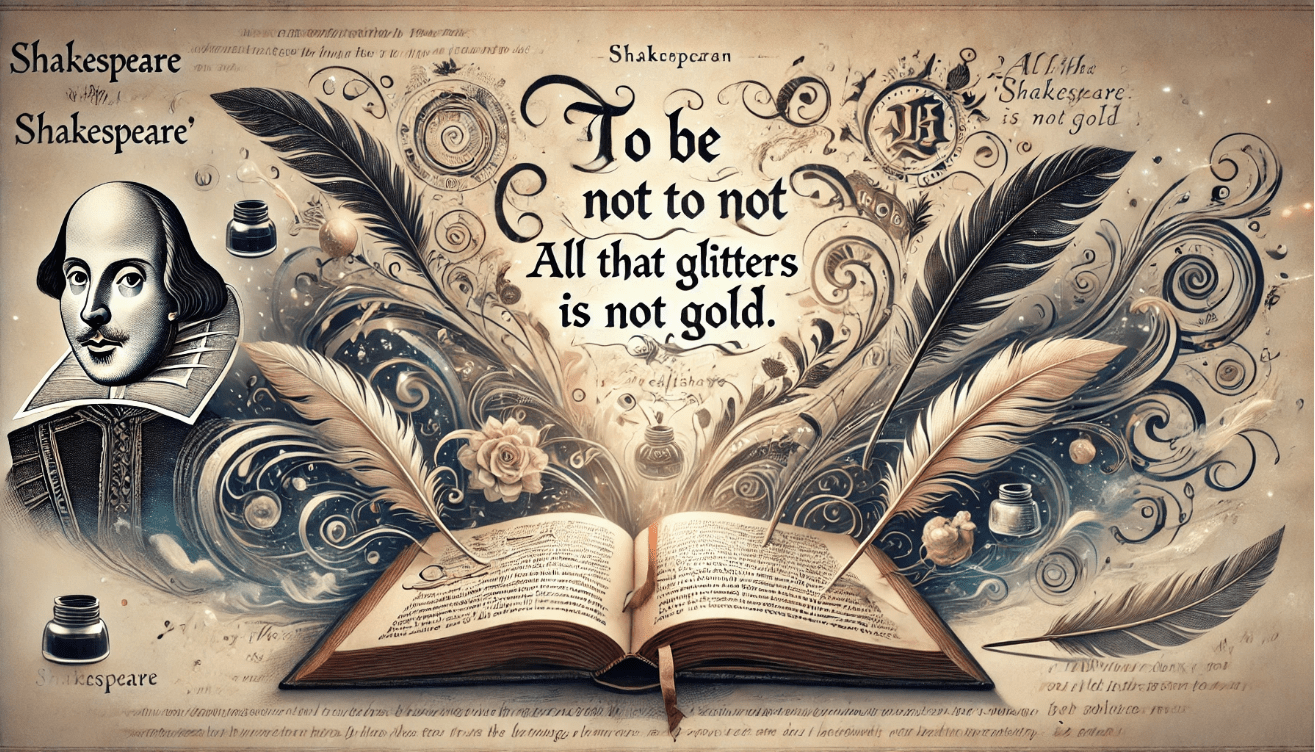
Shakespeare made a significant contribution to the English language by introducing over 1,700 new words and phrases, many of which are still in use today. Some of his popular idioms include “all that glitters is not gold” and “break the ice.” In addition, Shakespeare’s use of poetic devices such as iambic pentameter and blank verse helped to elevate the language and rhythm of his works. Iambic pentameter, with its ten-syllable lines and alternating stress pattern, became a hallmark of his writing, while blank verse, or unrhymed iambic pentameter, allowed for a more natural and conversational flow in his characters’ dialogue.
Breaking Conventional Staging and Performance Norms
The Globe Theatre had a significant impact on stage design and audience interaction during Shakespeare’s time. The use of minimal props allowed for a focus on engaging dialogue and action, which was essential for capturing the audience’s attention. The design of the theatre, with its open-air structure and standing room for the lower classes, facilitated a more interactive experience for the audience. Shakespeare’s plays were specifically designed to captivate audiences from all social classes. The timeless themes and universal human experiences depicted in his works resonated with people from diverse backgrounds. The Globe Theatre’s inclusive design and Shakespeare’s masterful storytelling ensured that his plays were accessible and engaging for audiences of all social statuses.
Depicting Universal Themes and Human Emotions
Themes like power, love, betrayal, fate, and ambition continue to be relevant in modern theatre and cinema because they are fundamental aspects of the human experience. These themes resonate with audiences because they explore universal truths and emotions that transcend time and culture. In contemporary adaptations, we see these themes portrayed in various ways. For example, in the popular television series “Game of Thrones,” power struggles and betrayal are central to the storyline as different characters vie for control of the Iron Throne. In the film “The Great Gatsby,” the theme of ambition is explored through the character of Jay Gatsby, who is driven by his desire to win back the love of his life.
Shakespeare’s Lasting Impact on Modern Theatre and Cinema
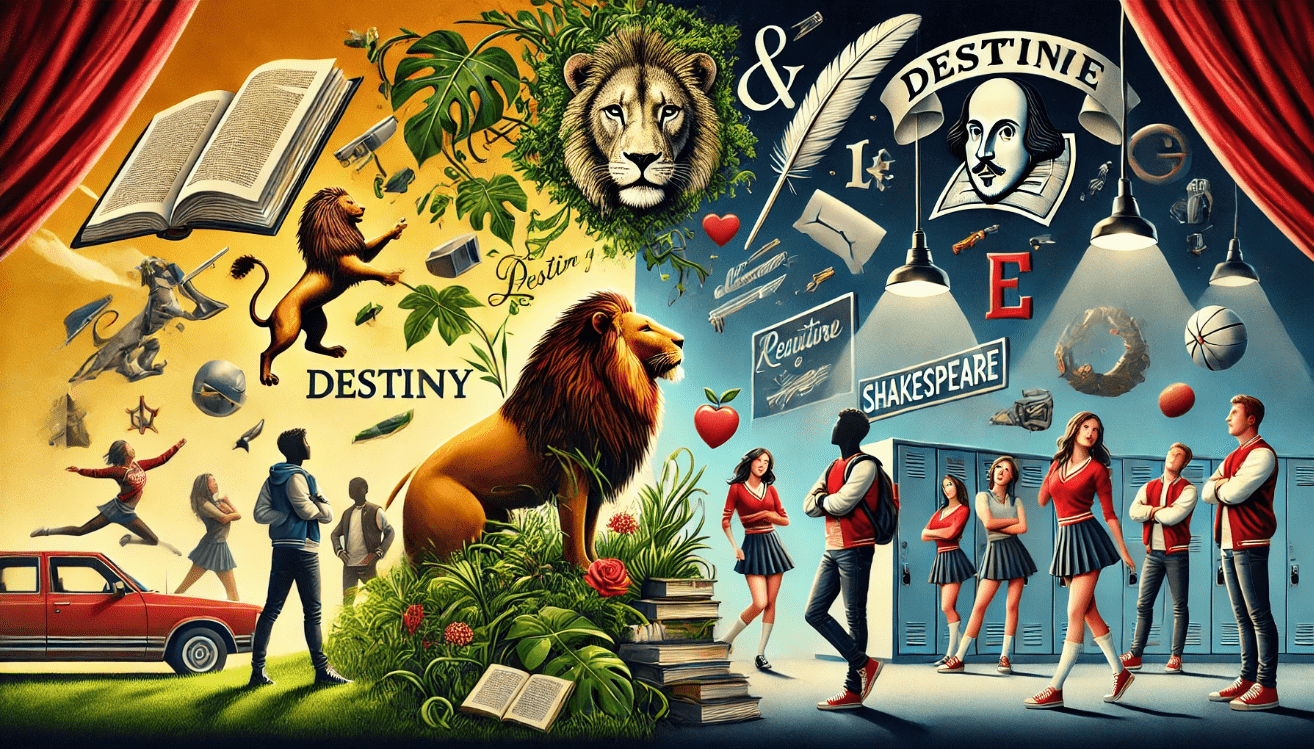
Modern playwrights, directors, and screenwriters draw inspiration from Shakespeare in a multitude of ways. His timeless themes, complex characters, and masterful storytelling continue to resonate with audiences across the globe. In Broadway, many productions are modern adaptations of Shakespeare’s plays, showcasing his enduring influence on the stage. In Hollywood, filmmakers often draw from Shakespeare’s works for inspiration, creating new interpretations of his stories in the form of movies and television shows. Internationally, Shakespeare’s influence can be seen in the diverse range of productions and adaptations of his works, showcasing his global impact on theatre and storytelling. Overall, Shakespeare’s legacy continues to be a driving force in the creative world, inspiring countless artists to bring his timeless tales to life in new and innovative ways.
One example of Shakespearean elements in films is “The Lion King,” which can be seen as a retelling of Hamlet. The story of a young prince who must avenge his father’s death and reclaim his rightful place as king closely mirrors the plot of Shakespeare’s famous tragedy. Another example is the film “10 Things I Hate About You,” which is a modern adaptation of “The Taming of the Shrew.” The film incorporates many of the themes and character dynamics found in the original play. These are just a few examples of how Shakespearean elements continue to influence and inspire storytelling in film.
Shakespeare’s most significant innovations in theatre include his use of blank verse, his development of complex and multi-dimensional characters, and his skillful interweaving of comedic and dramatic elements within his plays. His use of soliloquies and asides also allowed for a greater exploration of characters’ inner thoughts and emotions. Shakespeare’s lasting legacy in drama and storytelling is evident in the continued popularity and relevance of his works. His plays are still performed and studied around the world, and his influence can be seen in countless modern works of literature, film, and theatre. The enduring influence of Shakespeare can be attributed to the universal themes and timeless truths found in his writing.

